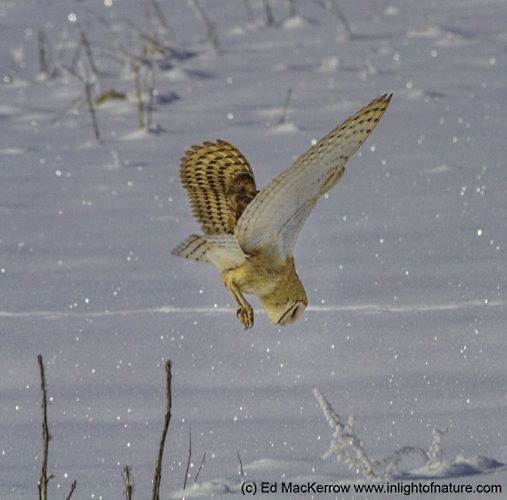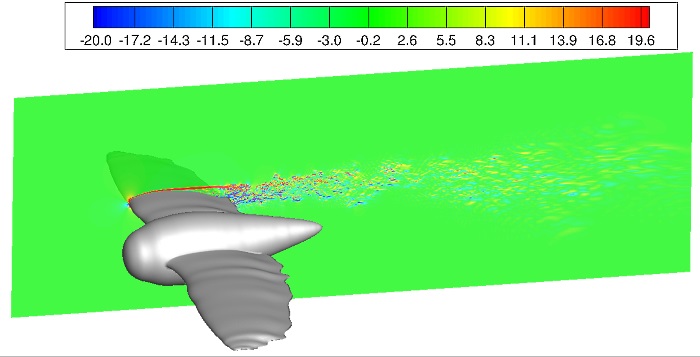SICB Annual Meeting 2020
January 3-7, 2020
Austin, TX
Symposium S6: Bio-inspiration of silent flight of owls and other flying animals: recent advances and unanswered questions
This symposium brings together acoustical engineers and biologists to synthesize ongoing research in ‘animal aeroacoustics’: the study of how animal flight produces an acoustic signature, and its biological context.
Objective 1: Identify and share between the biology and engineering communities modern biological concepts and approaches, and established physical mechanisms of noise generation. Engineers have developed over the past 60 years a robust understanding of how noise is generated by fluid flows in many scenarios, which could refine hypotheses formulated by biologists regarding noise production by owls and other birds. Likewise, to make known to engineers a modern biological perspective including the phylogenetic comparative approach, the nature of form and function.
Objective 2: Discuss and enumerate: what are the open, tractable questions related to animal aeroacoustics in biology and engineering? For instance:
Engineering: what is the role of wing flapping in the acoustics of flight? Does flapping fundamentally alter the airflow over a wing (such as through the leading-edge comb of an owl’s wing), and its acoustic signature? What are the physical acoustic mechanisms by which owls (and other flyers) reduce their acoustic signature of flight? More generally, what are the physical acoustic mechanisms of flight sounds in birds, bats and insects?
Biology: Why have birds such as owls evolved silent flight, is it for stealth to approach prey undetected, or to avoid self-masking? What types of sound are owls (and other flyers) selected to reduce? What does prey, such as an insect or mouse hear when a bird (or bat) approaches? Which other animals (nightbirds, hawks, or bats) have also evolved silent flight? What are the ecological correlates of silent flight? Answers to these questions will provide biological context and suggest new areas for bio-inspiration from animal flight.
Sponsors: SICB Co-Sponsoring Divisions DAB, DCB, DEE, DVM
Organizers
- Christopher Clark
- Justin Jaworski
Speakers
S6-1 Sunday, Jan. 5, 07:45 CLARK, CJ:
Introduction to the Symposium on Bioinspiration of silent flight of owls and other flying animals
S6-2 Sunday, Jan. 5, 08:00 BOONMAN, ARJAN*; EITAN, OFRI; YOVEL , YOSSI:
The acoustics of flapping flight in birds and bats; a preliminary analysis
S6-3 Sunday, Jan. 5, 08:30 YACK, JE:
What does a Butterfly Hear? Neurophysiological and Behavioural Responses to Predator Sounds
S6-5 Sunday, Jan. 5, 09:00 LEPIANE, K/L*; CLARK, C/J:
The dorsal velvet surface of owl feathers decreases sounds of rubbing during flapping flight
S6-6 Sunday, Jan. 5, 10:30 JAWORSKI, JW:
Acoustic models for wing specializations of silent owl species
S6-7 Sunday, Jan. 5, 11:00 KRISHNAN, K; BEN-GIDA, H; GUGLIELMO, CG; GURKA, R*:
Wake Flow Mechanisms and Aerodynamic Forces of Owls During Flapping Flight
S6-8 Sunday, Jan. 5, 11:30 KRISHNAMOORTHY, K; CAPUANO, F; GURKA, R*; BALARAS, E:
Numerical and experimental study of owls flapping flight
S6-9 Sunday, Jan. 5, 13:30 CLARK, CJ*; LE PIANE, K; CLARK, Christopher:
Evolutionary and ecological correlates of silent flight in owls, nightbirds and hawks: Does silent flight evolve for stealth, or to reduce self-masking?
S6-10 Sunday, Jan. 5, 14:00 GALL, MD*; DE KONING, M; BEATINI, JR; PROUDFOOT, GA:
Directional sensitivity of Northern saw-whet owls: implications for prey and wing sound detection
S6-11 Sunday, Jan. 5, 14:30 GóMEZ-BAHAMóN, V*; WORM, A; CASTAñO, M; DONAHUE, E; TUERO, D; CLARK, C; BATES, J:
Non-vocal Acoustic Signals in Kingbirds (genus Tyrannus)
S6-12 Sunday, Jan. 5, 15:00 CLARK, CJ; CLARK, Christopher:
Final roundtable discussion on bioinspiration of silent flight





